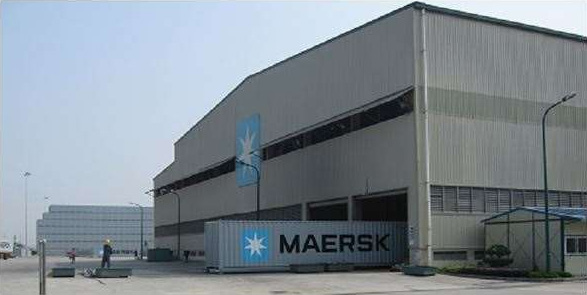Container Factories

Container Factories
DEVELOPMENT OF CONTAINER FACTORIES FOR MAERSK
Teccluster has for several years been a dedicated and close partner of Maersk Container Industry.
Recently, Teccluster has contributed with expertise in Chile and southern China.
Short project description
In 2005 and again in 2012, Maersk Container Industry built two large cooling containers with robot control systems in order to provide the most efficient product line. Teccluster was responsible for supervision, procurement and supplier validation. We further created specifications for process systems such as cut-to-length and slitting lines as roll-form systems, as well as press equipment with tools, advanced equipment, tool testing and final validation.
Both container factories run 24-7-365 and manufacture both 20 foot, 40 foot and 40 foot HQ every 2.5 minute. In 2009, work began on manufacturing 20 foot and 40 foot open containers in China. The 45 foot container has since been added to the range.


